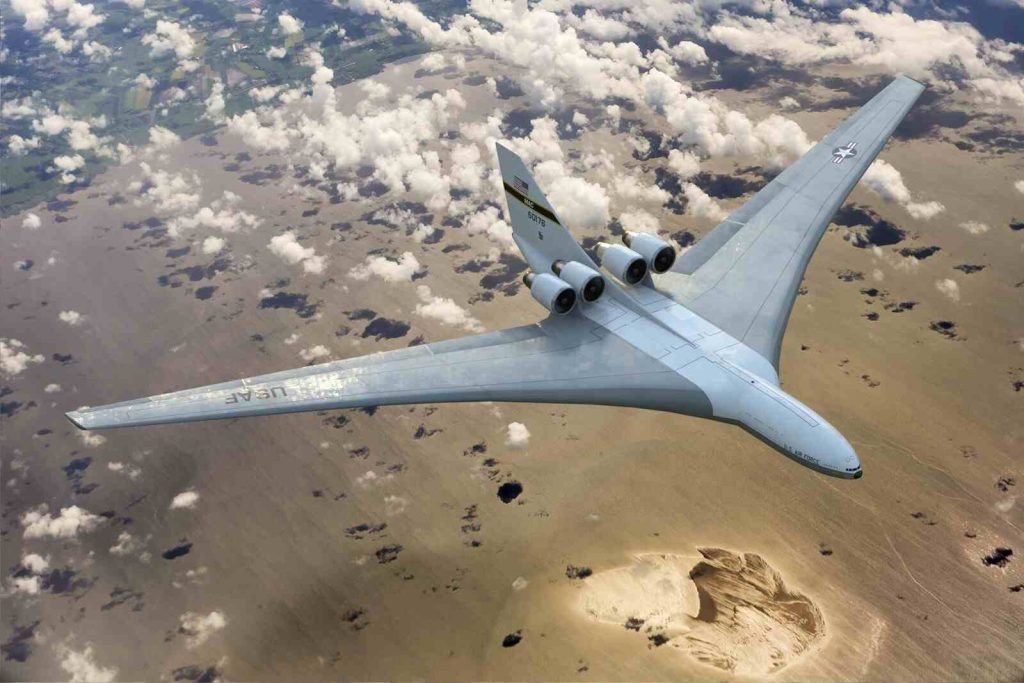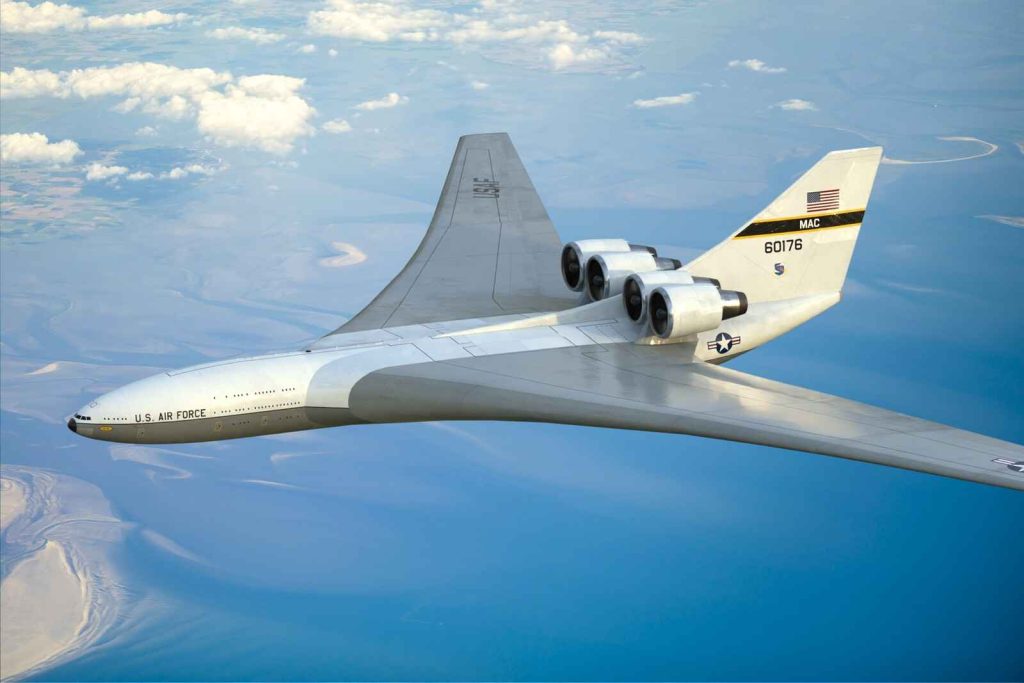Lockheed CL-1201, the Biggest Aircraft Ever Designed
One of the most interesting and enigmatic aircraft designs in history is the Lockheed CL-1201, also known as the “Aurora” or “SR-3.” It was apparently planned to be used as a high-altitude, long-endurance reconnaissance, and surveillance platform when Lockheed Martin Company originally put up its idea in the late 1980s. Unfortunately, the project was ultimately shelved, and not much official information has been made available on the CL-1201.
The Lockheed Company undertook the challenging Lockheed CL-1201 project in the 1970s. It had a 550-foot wingspan and a 560-foot length, attempting to be the longest airplane ever created. It was designed to be a freight transport aircraft with a 5,000 nautical mile range and a payload capacity of up to 5 million pounds.
Early Design

The CL-1201 was designed with the goal of producing a swift, effective means of moving heavy loads of equipment or supplies. The idea piqued the interest of the American military since it could potentially transport large military outposts and their associated equipment in a single flight.
Engines

With two positioned on the fuselage and four mounted on the wings, the CL-1201 was intended to have six engines. Using a special flap system that enabled the aircraft to change its wing surface area to maximize lift and drag, the wings were made to be flexible. Using a novel hinge system that enabled it to expand and contract when the aircraft’s weight and balance changed while in flight, the fuselage was also created to be flexible.
The CL-1201 was a remarkable engineering achievement with a distinctive design that was created to address the difficulties of building an aircraft of this size. Unfortunately, a number of issues finally led to the project’s cancellation.
Why CL-1201 was Cancelled?
The project’s excessive cost was one of the primary causes of cancellation. The development of the CL-1201 was reported to have cost over $1 billion, which was a sizable sum of money in the 1970s. The CL-1201 was thought to be too expensive to develop since the U.S. government was already spending much on other military initiatives.
The difficulties in developing such a large aircraft technologically were another consideration. New manufacturing processes, new engines, and other technologies that weren’t yet available would have been needed for the CL-1201. The flexible wings and fuselage of the aircraft were also unproven technologies, raising questions about its longevity and dependability.
Notwithstanding these difficulties, the CL-1201 is nonetheless a striking illustration of what engineers can accomplish when they push the envelope of what is practical. The project showed the potential for innovation and creativity in the aerospace industry and was a daring attempt to design an airplane that would alter the way we view transportation.
The development of novel and cutting-edge aircraft designs that can meet the demands of contemporary transportation is still being pursued today. While some of these efforts are aimed at developing more ecologically friendly and sustainable aircraft, others are searching for methods to develop more fuel-efficient aircraft that can lower carbon emissions.
The CL-1201 may have been a step ahead of its time, but it serves as a constant reminder of the value of expanding the realm of the possible. As technology develops, there will be more chances to construct cutting-edge, captivating aeroplanes that might revolutionise how we travel and ship things around the globe.
The Lockheed CL-1201, in conclusion, was a remarkable and ambitious project that sparked the interest of engineers and fans all around the world. Even though the concept was ultimately shelved, it serves as a tribute to the aerospace industry’s capacity for inventiveness and invention.
There will undoubtedly be fresh potential to develop even more amazing aircraft designs that can alter the way we perceive travel and the surrounding environment as we look to the future.








